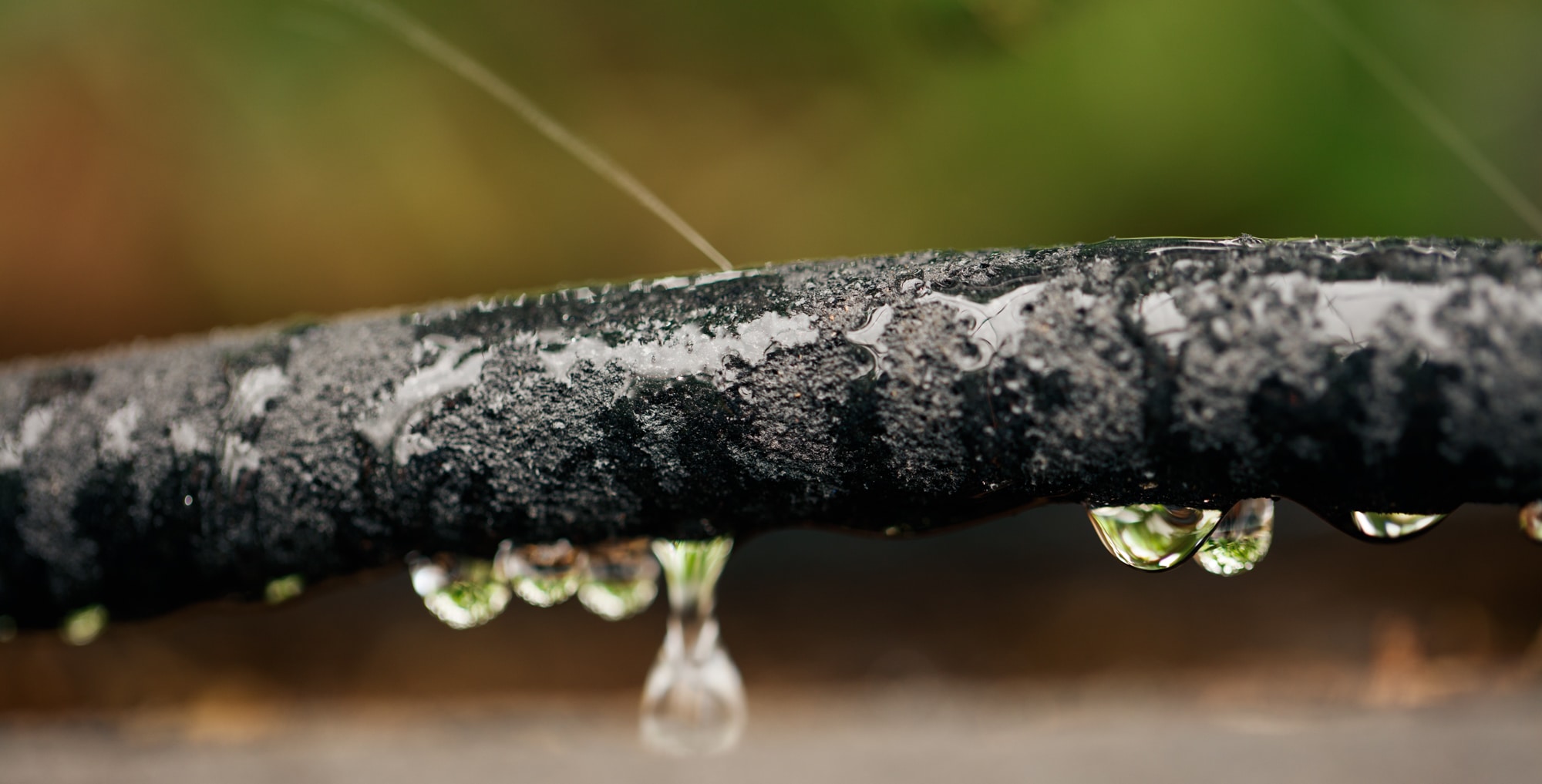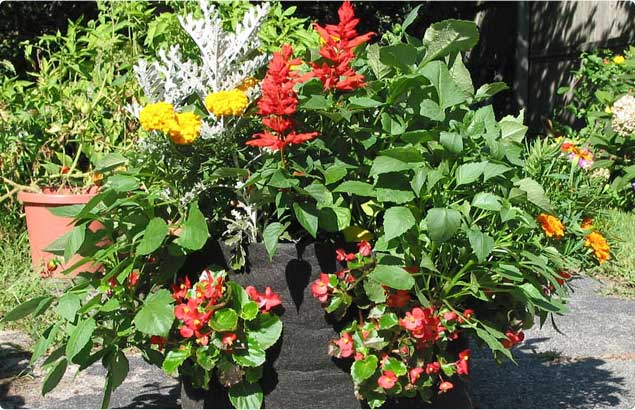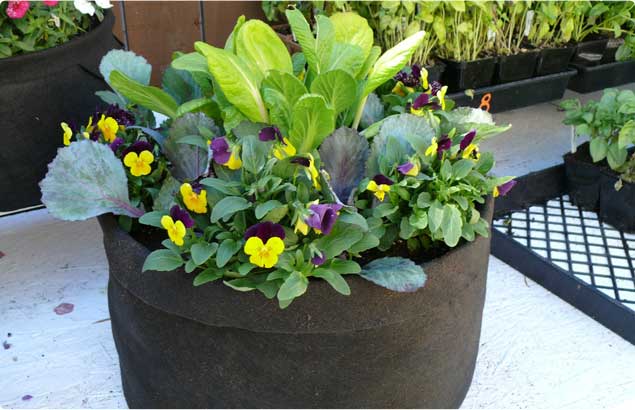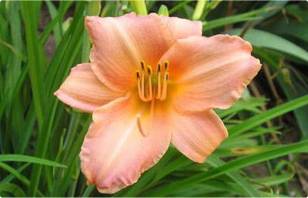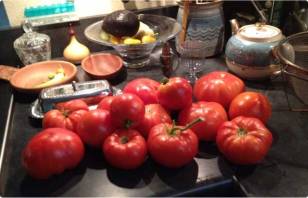Saving Water When It’s Hotter: Six Tips for Creating a Drought Tolerant Garden
Wherever on this sapphire-blue planet you live, the summer sun can dish out serious punishment. And when scorching heat mixes with low precipitation, it can spell death for your cherished plants. So it’s no surprise that creating drought tolerant gardens is a hot topic across the globe. Lucky for you, we’ve got six tips to keep your precious plants out of the hot seat.
1- Get Picky (and Prickly)
To keep the summer heat from unleashing its vengeance, choose plants that can stand up to the challenge. Succulents are drought tolerant plants that are both attractive and hardy. Cacti are an excellent choice, but don’t limit yourself. Aloe vera are extremely popular for their tenacity and medicinal properties. They’re also tasty in drinks and healthy recipes. Looking for some drought-resistant edibles? Melons, tomatoes, cucumbers, squash and all varieties of peppers will do the trick.
2- Thank You Very Mulch
Mulch is another great addition to your drought garden. It keeps soil cool during hot, dry conditions by absorbing and radiating heat from the sun while shielding the soil below. Less heat means less evaporation, which in turn means more moisture for roots. An added tip: consider placing a soaker hose under the newly added layer of mulch. It will deliver water directly to roots. And by keeping leaves dry, it will prevent fungal diseases that are common in over-soaked foliage.
3- Water You Waiting For?
A typical garden can thrive on an inch of water each week. To make sure that inch goes a mile, carve out some morning time to water your plants. Watering in cool morning temperatures prevents your drought tolerant garden from losing moisture to evaporation. If you’re not a morning person, consider installing an automatic irrigation system with a timer. Set it, wet it, and forget it.
4- Get Dead Serious About Deadheads
“Deadheads” are blooms that are dead or dying. No matter how bad they look, chances are they’re still soaking up precious nutrients and moisture from the root system. “Deadheading” (the removal of dead blooms) is a fantastic way to keep your drought resistant plants hydrated all summer long. Keep an eye out for brown, curled blooms and nip them in the bud— before they have a chance to set seeds. Keeping deadheads at bay saves energy for your plants, which in turn saves valuable water.
5- Sweeten the Pot
Clay and plastic containers are like a sauna for plant roots. They absorb the boiling summer heat and roast your plant’s roots like a solar oven. In response, your plants may shed foliage in an attempt to conserve water. So pitch the plastic and do away with clay. Instead, opt for fabric containers. Fabric radiates heat to keep plant roots cool. Cooler roots not only exhibit superior moisture retention. They circulate nutrients better than heat-stressed roots, meaning bigger, healthier plants in the hot season.
6- Wick it Up
As any experienced container gardener will tell you, gravity is a cruel mistress. When you water your drought tolerant garden, moisture inevitably escapes from the bottom of the pot. Over time, this can leave roots dry and plants wilted. If this happens to you, use the magic of wicking to revive them. Place your container in a shallow pool of water, letting the soil and roots draw the moisture upward. Rehydrating your plants this way may take from one hour to overnight. Just be sure to remove the plant after a maximum of 12 hours to prevent the onset of root rot.
Bonus Tip: Recycle Water
In the hottest, driest summer months, watering restrictions are often in effect. So squeeze the most out of every drop you’ve got. That three-day-old cup of water on your nightstand? Dump it in the garden. That pot of water you boiled your spaghetti in? It’s a refreshing drink for thirsty plants. And how about the 30 seconds it takes to heat up the shower in the morning? Stick a bucket at the back of your bathtub or shower stall and collect it for your parched pals. With some careful planning and a few clever tricks, your drought tolerant garden won’t just survive. It’ll thrive!
